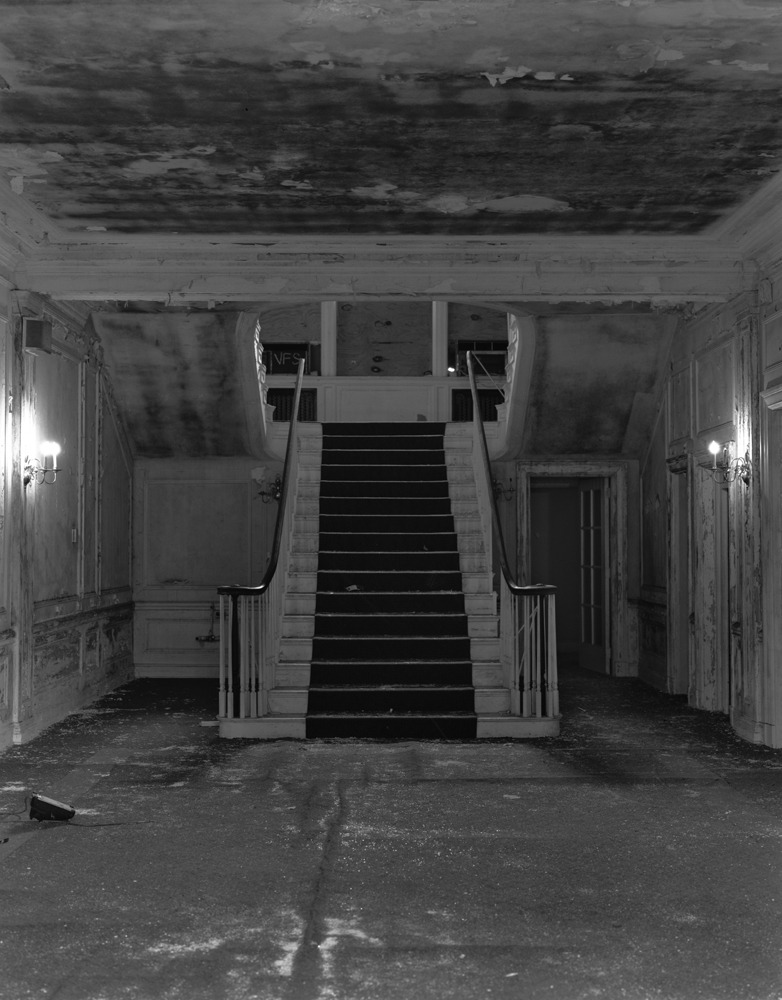 |
| Roadside park along US Highway 82 in Worth County |
Although I have given it my best as far as internet research goes, I haven't been able to find any information on the old roadside park. However - and I mean this is the least-clickbait-sounding-way possible - what I did find is, arguably, even better.
 |
| Monument to Governor Chase Salmon Osborn |
As it turns out, Chase Salmon Osborn, the former governor of Michigan to whom the above monument is dedicated, once had a winter retreat and hunting lodge in Worth County, just outside the small community of Poulan. The property, called Possum Poke, still exists, and is listed in the National Register of Historic Places.
 |
| "Big Poke" at Possum Poke. (Photo credit: The Chase S. and Stellanova Osborn Home Page.) |
From historical sources, Governor Osborn appears to be flamboyant and multi-faceted in the way only a late 19th/early 20th century politician could be. He made money in newspapers, timber, and iron ore, and after a decades-long political career, settled at his winter retreat in Georgia with his adopted daughter (also his secretary and "companion"), Stella Brunt. There the two of them spent a lot of time writing books - 17 in total, including A Tale of Possum Poke in Possum Lane - and in 1931, Miss Brunt changed her name to Stellanova. She and Osborn saw the light while at Possum Poke, and worked tirelessly for the creation of an Atlantic Union. That's right, they were secessionists. Governor Osborn is quoted thusly:
If ever the great masses of people in the world who are living under despots are organized under despotism, the self-governing peoples, who are in a hopeless minority, will be forced to unite for self-preservation.
 |
| Chase Salmon Osborn as a young man. (Photo credit: Wikipedia.) |
Governor Osborn passed away at Possum Poke in 1949, but not before marrying Stellanova Brunt, his adopted daughter, two days before his death, in part to ensure that she would carry on his vision of an Atlantic Union. And carry it on she did, for another nearly 40 years until her death in the 1980s. In fact, Stellanova Osborn was instrumental in getting Possum Poke listed in the National Register, as the only remaining place specifically associated with Governor Chase Osborn and the Atlantic Union.












